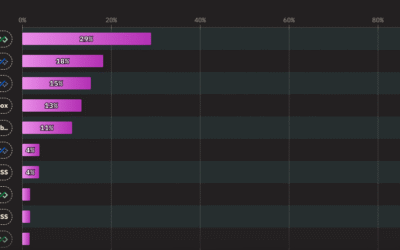Creating a great typeface is hard. Really, you’ll just have to trust me on this one. Its tedious, bezier-tweaking-till-you-want-to-cry work. Seriously, its only for masochists and hermits.
And really, who needs to make their own typeface? With the advent of font delivery services and the emerging acceptance of @font-face, designers have been granted a new freedom for expressing their client’s needs and their personal vision through an exponentially broadening choice of fonts.
In the last couple decades many designers have made an art of using only one or two fonts in all of their designs and squeezing an amazingly varied array of experiences from a limited stock of web-safe fonts. Now, that limitation has essentially disappeared and many are reveling in their new-found freedom.
So, don’t punish yourself. you deserve better. I’d like to think we’re friends and, as a friend, I’m trying to look out for your welfare.
Have a coffee instead.
But, If you are just itching to make your own typeface, we’ve got a few tips for making the process that much more torture-fun!
All kidding aside, creating your own letterforms is generally a long and tedious process, but can also be a truly rewarding experience. If you need something custom for a logo or just want some crazy display characters for a design or illustration then making your own characters can be the difference between having something good and something great. And if you want to create your own complete typeface prepare yourself for the learning curve. You are awesome but, whoa, Mama!
The question, as is often the case, is ‘where do I begin?’ We always want a foolproof method that keeps our production times down and the quality of our deliverables high. Thankfully, typeface design and construction has been around for quite some time now and many methods exist for creating unified, legible typefaces. One of these methods is to construct each letter from a finite set of individual modules, i.e. little pieces of letterforms that can be rearranged to make new letters. By using the same modules to create all of the letters, consistency and rhythm can be built into the typeface with relative ease and design time can, sometimes, go down.
In this screencast, Giovanni talks about his approach for using this modular construction method to create logos and custom lettering. Let us know what you think by leaving a comment below. We love to hear from you!





I don’t want to be a nitpicker, but I think you mean “masochists and hermits” not “misogynists.” Misogynists are people who hate women.
oops. thanks, joseph. i’ll fix that little error.